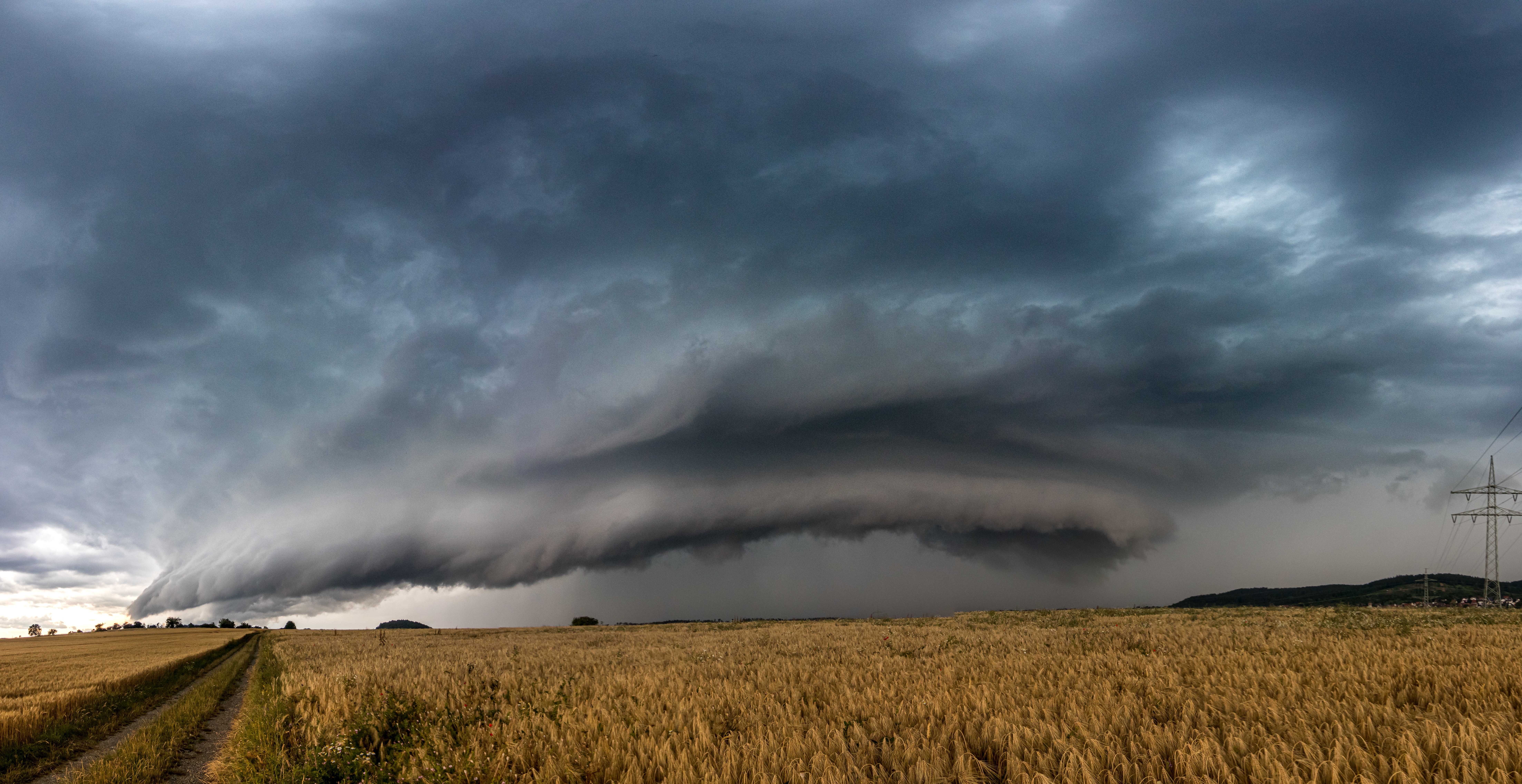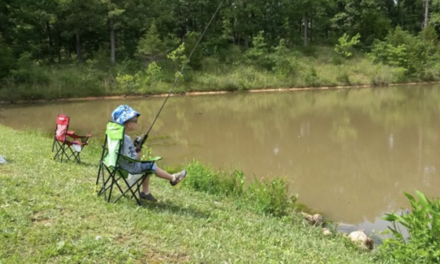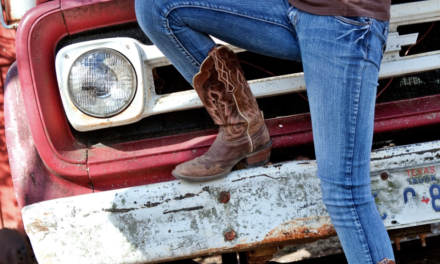How would you cope if there was no electricity for three weeks? Can you quickly find all your important papers like passports, titles, and insurance policies? Do you know how many gallons of water per person you should have on hand in case of an emergency? In other words, do you have a plan if you are the victim of a natural disaster? I don’t consider myself an extreme prepper. I know preppers who have all the bells and whistles like a storeroom of food, ammo, and state-of-the-art water purifiers, but I am a low-level practical prepper who is more interested in short-term issues.
What would you do if there was no power for three weeks? No microwave, phone charger, cable, running water, heat or air conditioning, stove or refrigerator, credit card which means if there is a store open with propane or bottled water, they could only take cash. Do you have a plan? I remember when a storm hit our then hometown of Troy, Illinois and blew out an electrical substation. People were milling around in our subdivision without a clue of how long this may last. I had cleaned and filled the tubs to have water to flush the toilets, but I didn’t have any water in the house. Jim left and took cash to pay for water, propane, and charcoal while I covered our freezers with thick blankets and closed all the drapes to keep the house as cool as possible. We were only out of power for two days, but it was a wake-up call for us. I researched the requirements for making it through a natural disaster. There are many simple, inexpensive ways to implement a natural disaster plan. You don’t have to invest in a freeze-dryer and a reverse osmosis water purifier to be prepared for tough times, use some common sense and start small.
The first thing I would suggest, even if you have limited space is water. You need a bare minimum of one gallon of water per adult per day. In many of the third world countries in which Jim and I served; clean water was a pipe dream. For our teams, it wasn’t if they got sick from contaminated water but when. I was in Zambia literally at the end of the road they cut through the brush to reach the Rescue Station for Aids of Orphans and the water from the well was yellow. I boiled it, put it through a ceramic water purifier, boiled it again, and put it back through the purifier before it was fit for our team to drink. They still got sick! Water poisoning is horrible. It made me appreciate coming home and turning a tap for clean, safe water. In case of emergency, I store gallons of water in sturdy boxes in every closet. Buchheit carries both gallons as well as the best priced bottled water in 24 packs. I pick one up each time I visit to spread out the expense.
When severe weather is coming, one thing I do is to clean and fill the bathtub. While this water may not be clean enough for drinking, it will work for flushing toilets. Do you know how to gravity flush a toilet? You take a plastic bucket (the smaller 2.5 gallon Buchheit bucket is just the right size), fill with water, (save the water used to wash dishes, etc. for this purpose) hold bucket over the toilet at about the height of your waist and pour it rapidly into the toilet causing it to flush. Line a small trash can as in an emergency you only flush waste; no paper down the system as it takes less water. Set out the hand sanitizer to conserve your water supply.
I remember the first time we lost electricity at our rural homestead. I went to turn on the tap, and nothing happened. We have a deep well, but I didn’t realize that without power, we have no way to pump the water so now we have a metal bucket and a very long rope to draw water from the well. No power also means no sump pump! The damage caused by a flooded basement can be substantial, so the investment of a secondary battery-operated sump pump makes sense. We found the sump pumps that Buchheit carries can handle the constant use caused by our high-water table.
For my flocks and herds, Jim cut open food-grade fifty-gallon barrels that are stationed at the downspouts to catch rainwater. I add a small bluegill to keep algae and mosquitoes under control. Since I have a “farm fridge” in the barn, I load it with a gallon of ice in the freezer and gallon jugs of water in the refrigerator as back up.
Another back-up for an extended black-out is ice cream containers of water in my freezers. I use blocks of ice for canning, but I have also discovered that a full freezer uses less energy so as I empty a freezer, I replace the meat or produce with a gallon container of water. We plan on investing in a solar power to generate back-up power for emergencies. I hope with these tips, you keep your family well during an emergency. Be blessed!






